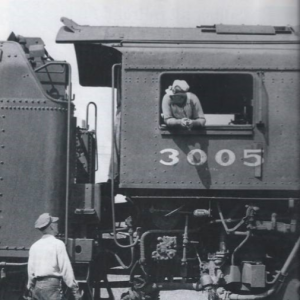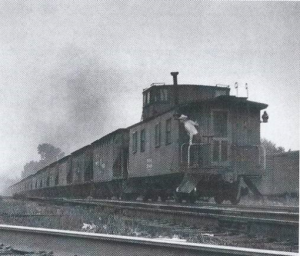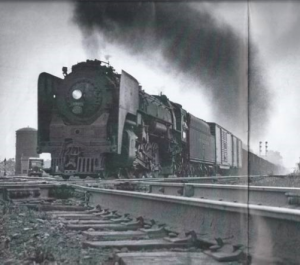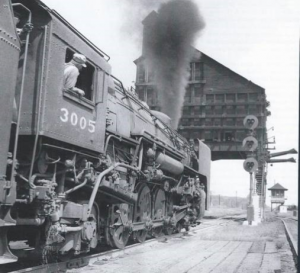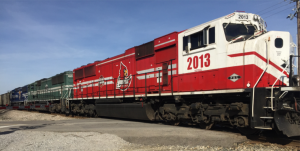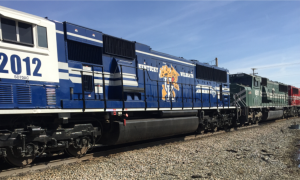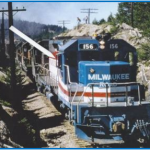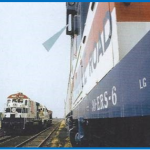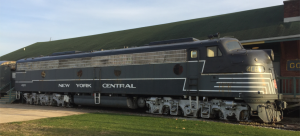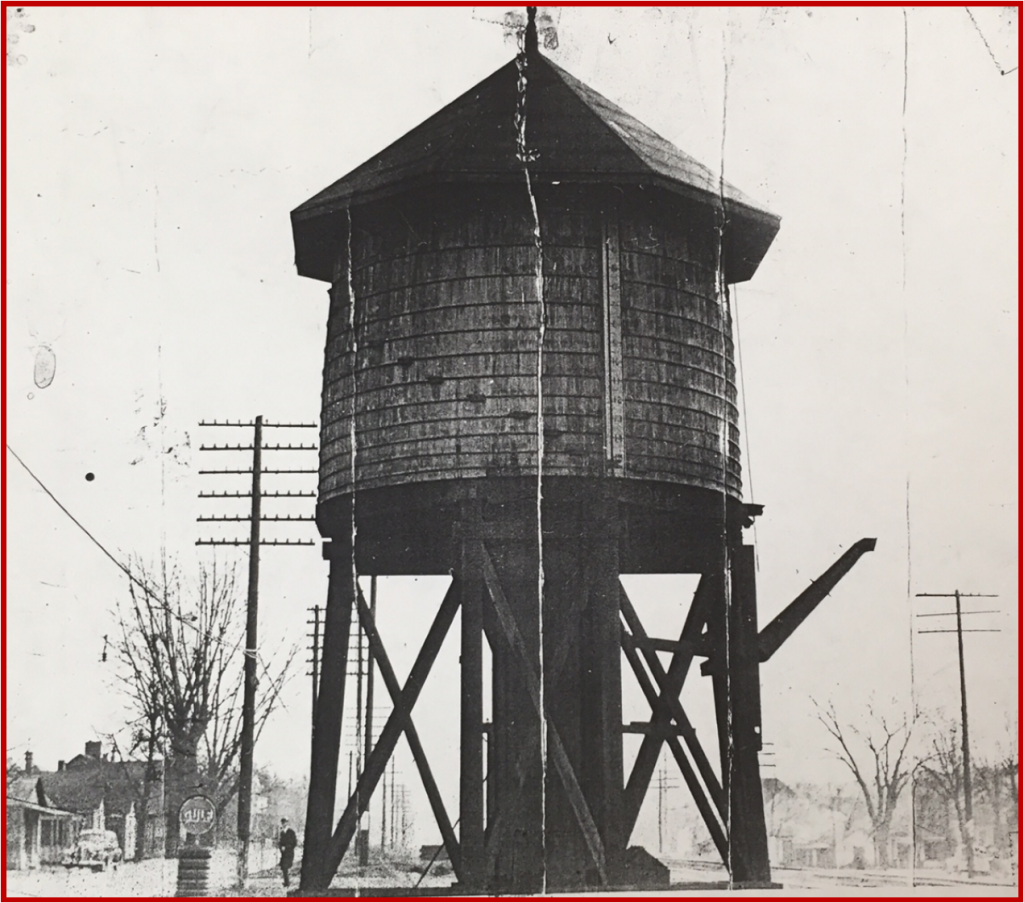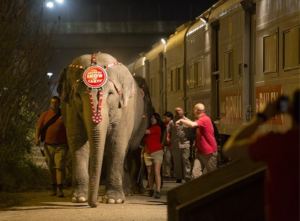Setting the stage: In the early 50s, when steam engines were dropping out of the picture at an alarming rate, TRAINS Magazine send Editor David P. Morgan and his close pal Dr. Philip R. Hastings out into the hinterland to record their demise in word and B&W. As expected they did a spectacular job, Morgan’s prose and Hasting’s lens recording history, never to be repeated. Between them, a hotshot hoghead and a worn but game 4-8-2, forget what year it is and pretend this dead freight is the 20th Century Limited.
Morgan and Hastings found action in Galion, Ohio. New York Central Extra 3005 East was doing some car shuffling and would depart soon. Like most railfans, they hopped in the car and raced 13 miles to Shelby, where an equally busy line of the Baltimore & Ohio Railroad crossed.
The dispatcher had temporarily lost track of Extra 3005 East and was attempting to pin down his location and whether or not he had his train in one piece. In the words of Morgan, “the conversation, as relayed to us by the operator, gave no direct hint of what was to come. As a result neither Hasting nor I noticed a faint smudge of smoke building in the horizon to the west. A distant whistling was adjudged to be yet another first-class schedule, and we were scanning the timecard to identify it when another, nearer blast propelled us to trackside on the double.
“Why, it’s the extra! Can’t be — he might just have — it is and he’s rolling!” Rolling is mild language for what he was doing. Extra 3005 East, now no less than 98 cars between tank and caboose, was bearing down on Shelby with all the implications of destiny of the Book of Revelation, gaining momentum with each revolution of those four pairs of 69-inch drivers, making the legal mile-a-minute with ease and perhaps a notch or two better. The elephant-eared aristocrat of an Alco rammed across the diamond with smoke going high, the Baker up near center, and the crew enjoying the breeze. Out of her dusty wake came her train — rattling, rocking, rolling, riding to Cleveland at such a pace that as Hastings recalls it, “one felt called upon to wonder at what moment the whole shebang would take either to the air or to the adjacent countryside.”
The wooden hack bringing up the markers shot off into the distance. Left in the sudden quiet were two rather shaken train-watchers, one startled operator, and the voice of a dispatcher who, with noticeable alarm, had (1) discovered the pace of Extra 3005 East, and (2) was attempting to stop him so that slower but more legitimate occupants of the eastbound main — passenger trains — could overtake the dead freight they had been supposed to run around.
Wonderful! Too often steam departs from us in the form of a fan trip that suffers an engine breakdown . . . How much better to wind it up like the 3005, taking a quiet Ohio town apart, pinning its ears back, performing like Alco said her 4410 cylinder horsepower should perform. Abdicate..? — not willingly.
Credits: Photos by Dr. Phil R. Hastings & excerpts by Editor David P. Morgan as seen in “In Search or Steam, Volume II: 1954 – 1955

